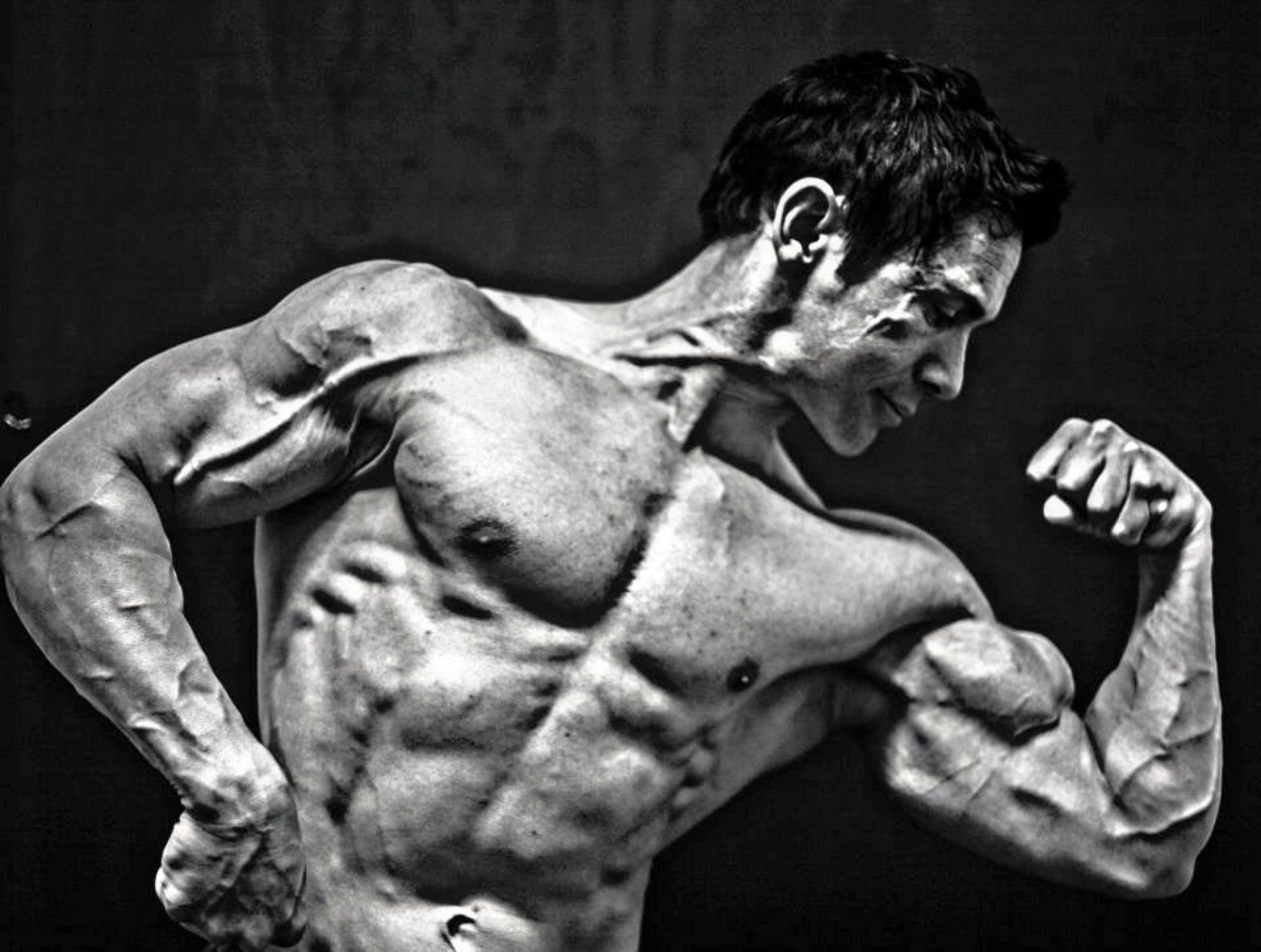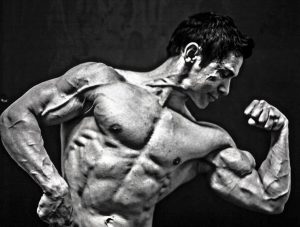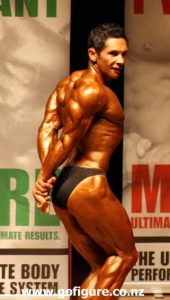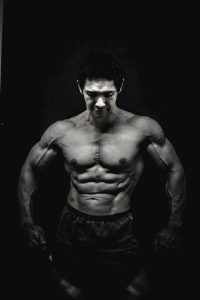Training at home is a preferred option for some and getting the right equipment is important in terms of cost, space and personal goals. Dumbbells are a smart option and can definitely help you reach your goals of more strength and muscle. Dumbbells can either be a set weight (what you normally get at gyms) or adjustable (either with traditional plates or custom designs that allow you to add and remove resistance easily). These adjustable sets are perfect for home as they take up minimal space and cost a lot less than buying a whole set of dumbbells (Power block and Ironmaster quick lock dumbbells are two versions that appear to be good value).
Dumbbells have all the benefits of barbell training however they have one major advantage over a barbell. When you use a barbell the dominant side will usually do more work than the weaker side causing further imbalance in terms of strength and muscle gains. Dumbbells force both sides to work equally, creating a more balanced and symmetrical physique. In some cases people are stronger using dumbbells than barbells. One exercise that comes to mind is the one arm dumbbell row; most beginners’ can you use more weight in this exercise compared to the barbell row as there is less stress on the lower back. Another great benefit with dumbbells is that they are far safer to use when you train by yourself at home (dumbbell bench press vs. barbell bench press is a good example).
So can you train the whole body with dumbbells? Yes you can; here are some exercises you can use for the whole body. These can all be seen on exrx.net. The only other thing you need is an adjustable incline/decline bench and you’re away!
Calves
DB*(dumbbell) Calf raises, one legged DB calf raises, DB seated calf raises (rest dumbbells on upper legs close to knee)
Hamstrings/ Glutes
DB leg curls (dumbbell goes between feet and can be done on a flat bench or an inclined slant board). DB, “almost”, stiff legged deadlift.
Quads/ Hams/ Glutes
DB squat (different stances), DB one legged squat, DB Lunge, DB side lunge, DB walking lunge, DB step ups, DB sissy squat.
Abdominals
Add a DB for extra resistance on crunches. If you have plate adjustable dumbbells you can do an exercise I call roll outs (put 2 small plates on either side of the dumbbell and place hands on the remaining handle showing. Get in a press up position on your knees, holding the dumbbell allow your arms to move forward (and dumbbell to roll forward) while you brace your abdominals and keep your body straight. Once you have gone as far as you can go (without collapsing flat on the floor) return to the start position in a controlled fashion; repeat as many times as you can.
Back
One arm DB rows (different grips: palms forward, back and facing the body), two arm DB rows, DB Pullovers, DB bent over raise, DB deadlift.
Chest
DB bench press (Incline, flat, decline), DB fly (Incline, flat, decline).
Shoulders
DB press (one arm, two arm, alternating, Arnold press), DB side raise, DB front raise, DB upright row (one arm or two), DB bent over raise, DB shrug (standing or seated or done facing the pad of a bench set at an angle of around 60-70 degrees.
Triceps
One or two arm DB triceps extension (seated or done on an incline, flat or decline bench), DB pullover (with more emphasis on flexing at the elbow on shoulder flexion and extension at elbow during shoulder extension), DB kick back.
Biceps
DB curls (palms supinated (palms up), semi-supinated (hammer curl), pronated (reverse curl), DB concentration curl, DB preacher curl, DB spider curl (using the more vertical side of the preacher bench). Incline DB curls.
Forearms
DB standing wrist curls which can be done with both arms at the same time. From this position flex the wrist towards the forearm and repeat till failure (make sure you keep elbow extended throughout). DB Bench wrist curl: This is just like the traditional exercise where your forearm is on the bench except you do not perform the stretch position. Your forearm and palm start off in line and you flex the hand towards the elbow joint and back to the start. No going past parallel to the floor with your hand at the beginning and end of the movement.
Although this is not an exhaustive list of exercises you can see dumbbells are a smart tool for increasing muscle size and strength! They are safe, cost effective and space efficient. So if you are thinking about training at home grab a set of dumbbells, set some goals and go for it!



